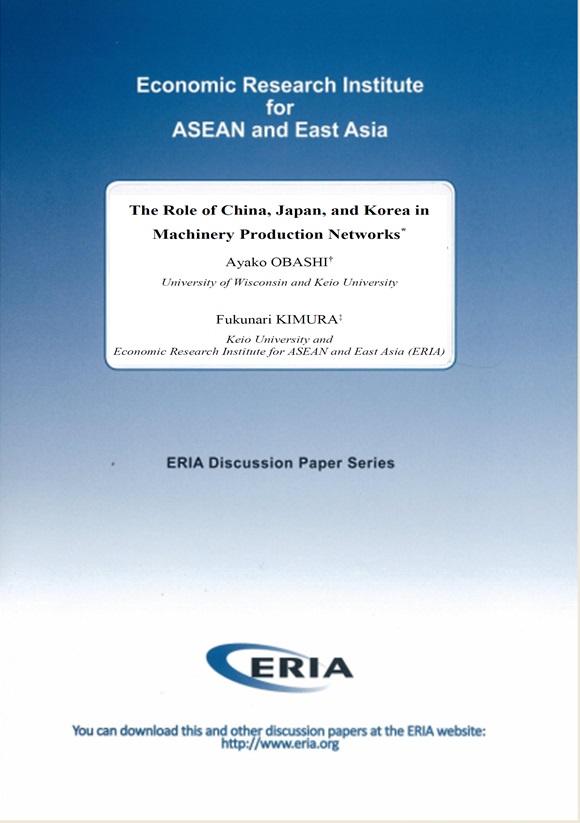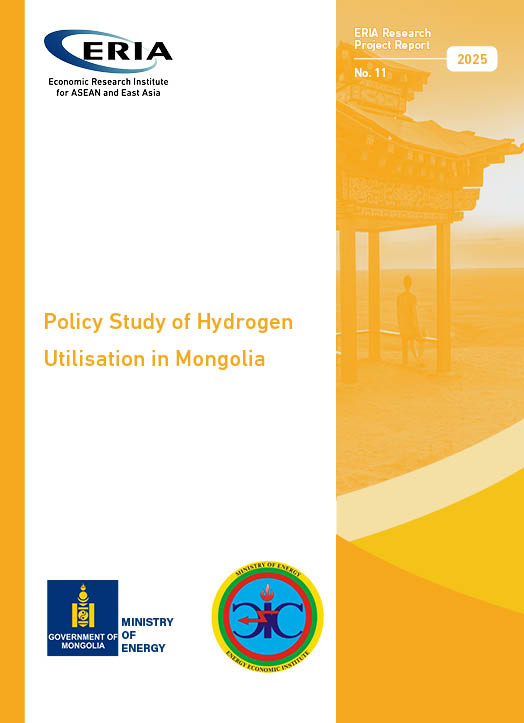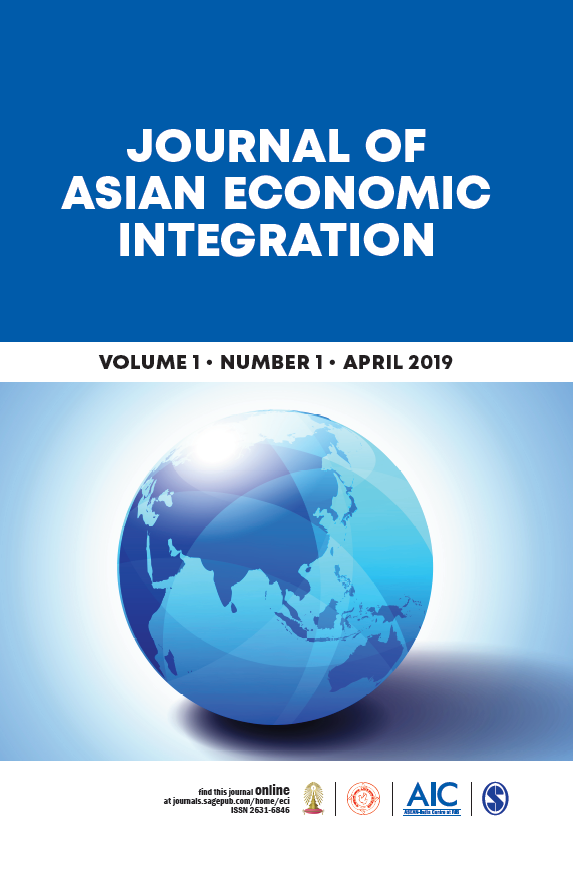The Role of China, Japan, and Korea in Machinery Production Networks

Print Article:
Abstract
China, Japan, and Korea have been the three largest players in East Asian machinery production networks. This paper employs a new method of analysing finely disaggregated international trade data that applies the concept of zero trade flows, least-traded goods, and intensive/extensive margins of trade growth and scrutinises changes in the roles of China, Japan, and Korea in machinery production networks between 2007 and 2013. We find, first, that China became a dominant player in global machinery production networks in terms of both export values and the diversity and density of product-destination pairs. Second, the growth of Korea as machinery parts and components supplier was also salient and Korea's dependency on China rose sharply. Third, Japan continued to stagnate and machinery production links between Korea and Japan weakened substantially.




